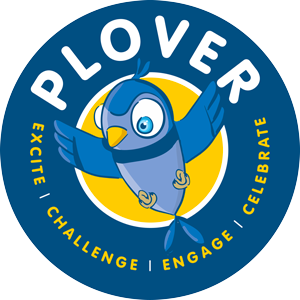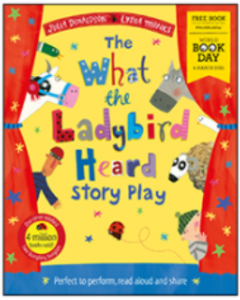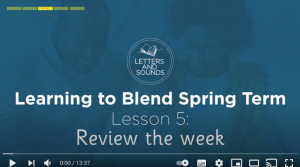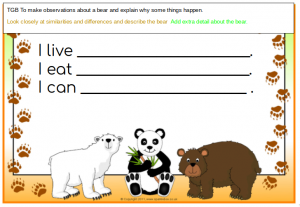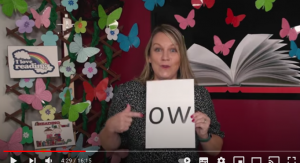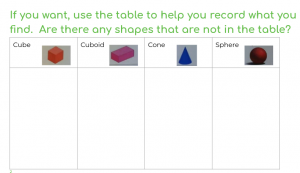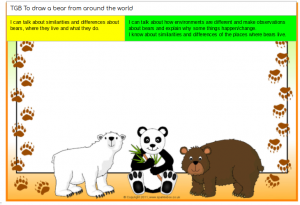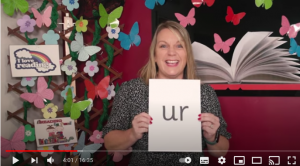Revision and practise Video of the lesson
In this lesson, we will practise some of the concepts of shape and pattern.
Recap the names of 2D shapes and describe them.
Recap the names of 3D shapes and describe them.
Now for some pattern practice. You have practiced making patterns with 2D shapes but can you make them with 3D shapes? Which shapes can you use? Can you describe the shapes. You could draw the pattern of make it with objects in your home.
Now lets look at number patterns. 2 4 6 8 – what will be the next number and why? 10 20 30 40 – what will be the next number in the pattern and why? 6 5 4 – what will be the next number in the pattern and why?
Finish your learning today by looking at the patterns of 1 greater and 1 less, 1 more and 1 fewer.
Mrs Price
#LovePlover
